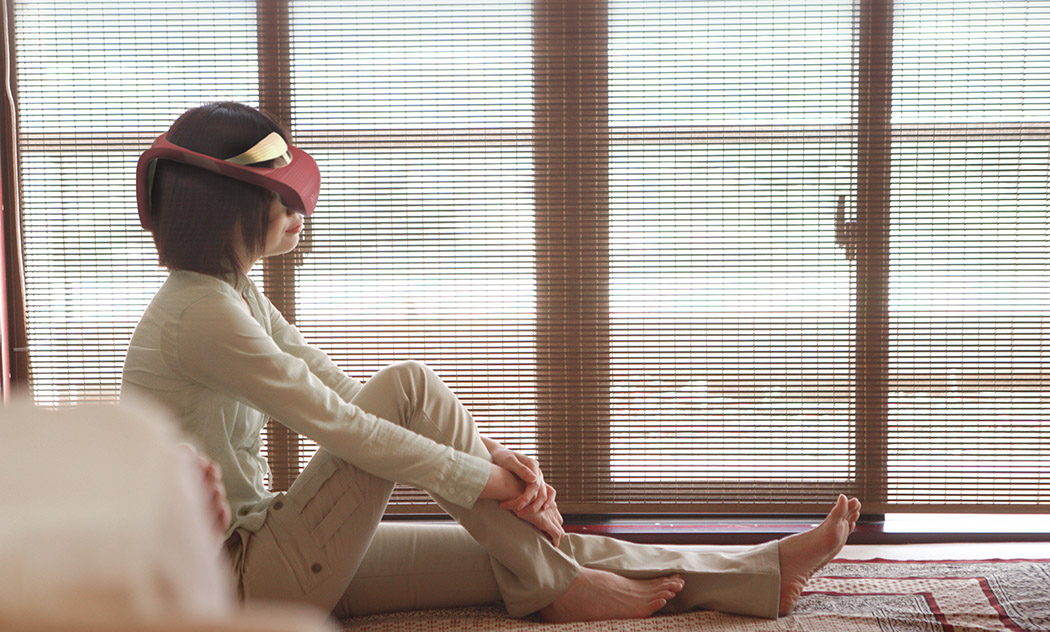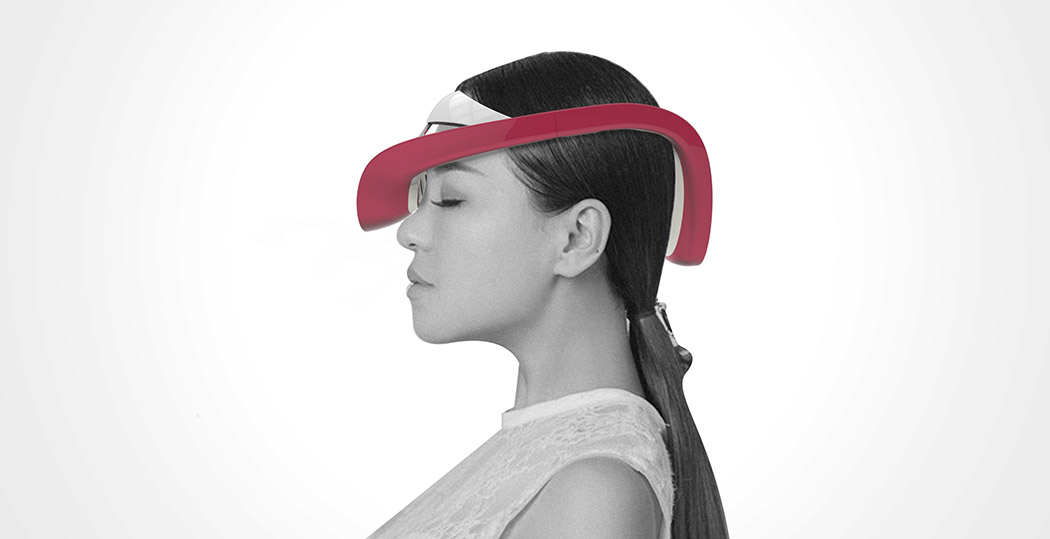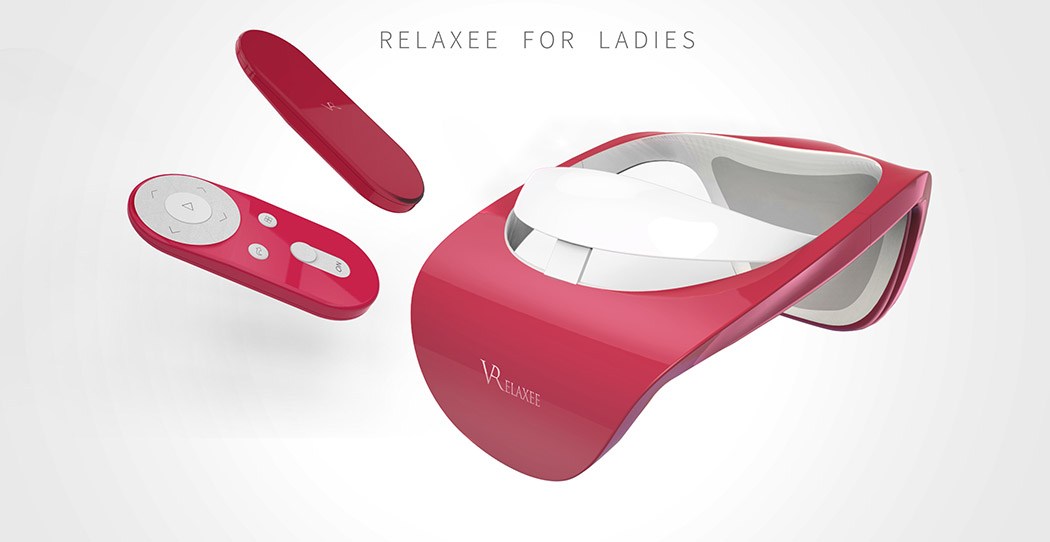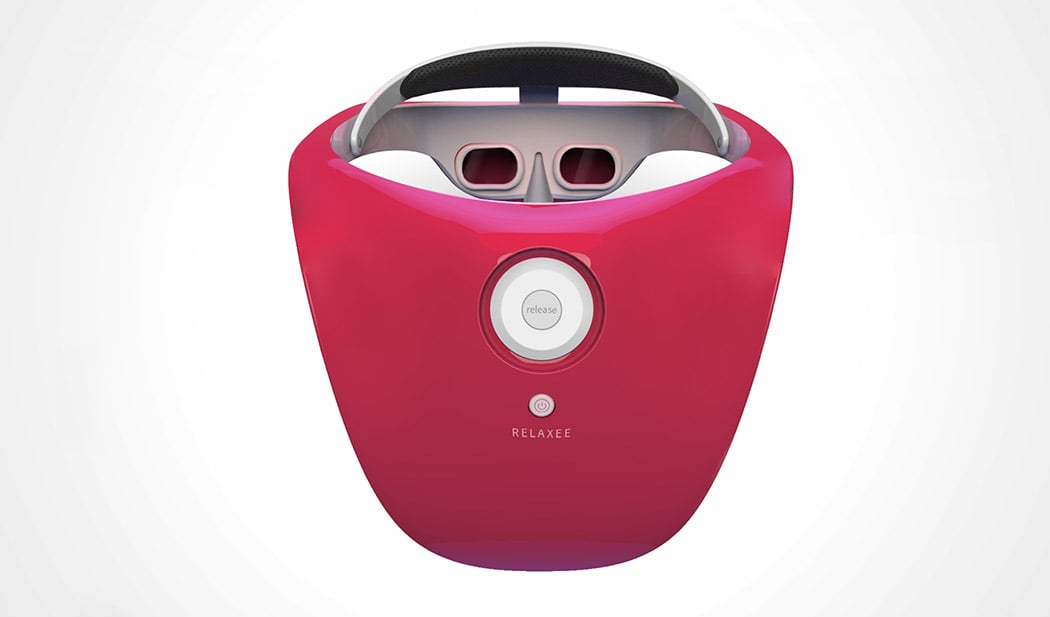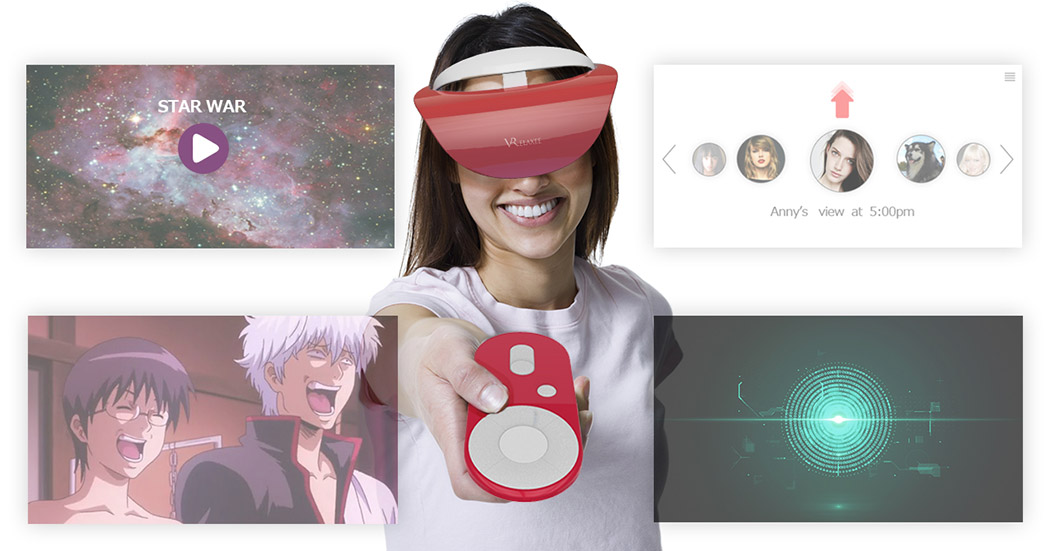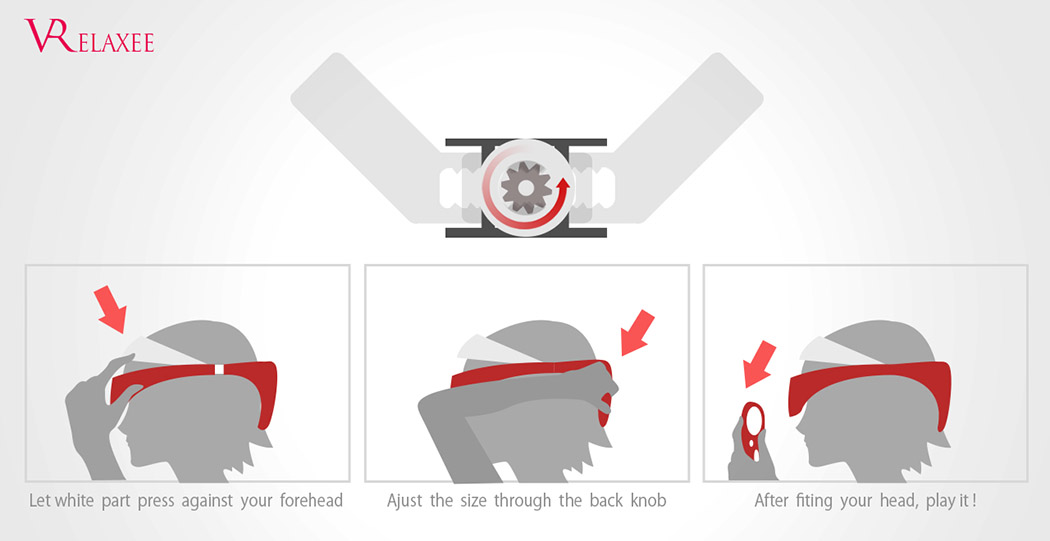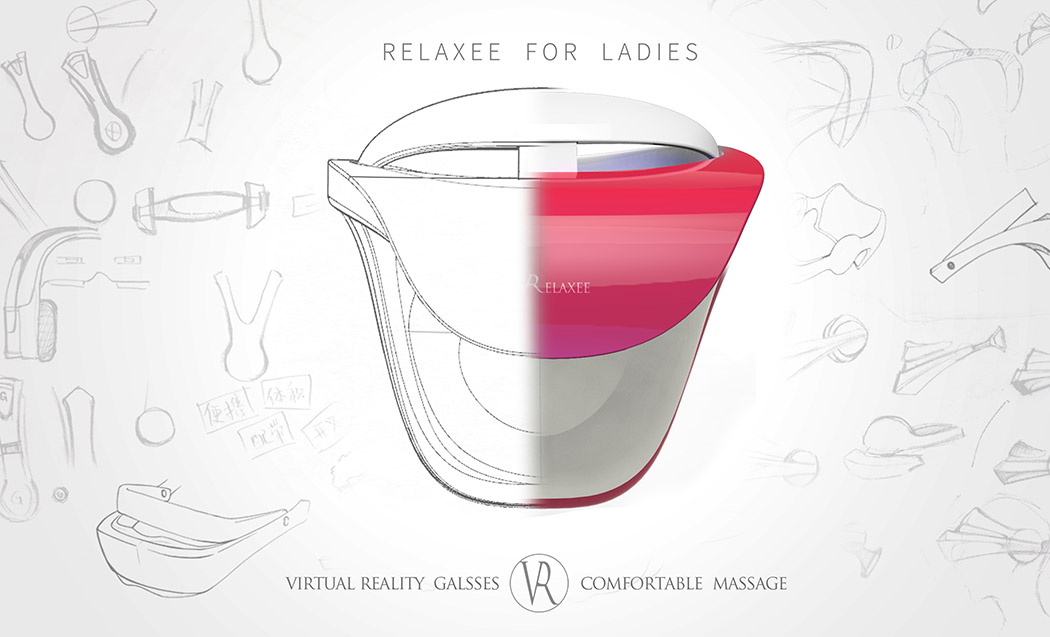In-car entertainment is gaining importance given the substantial time people spend in vehicles, whether daily commutes, long-distance trips, or leisure journeys. This time can feel unproductive or monotonous, particularly for passengers. Additionally, extended travel can cause discomfort and motion sickness. Car motion sickness often arises from a mismatch between the motion perceived by the eyes and that sensed by the inner ear. This is particularly common when reading or focusing on a stationary object within a moving vehicle.
Designer: holoride
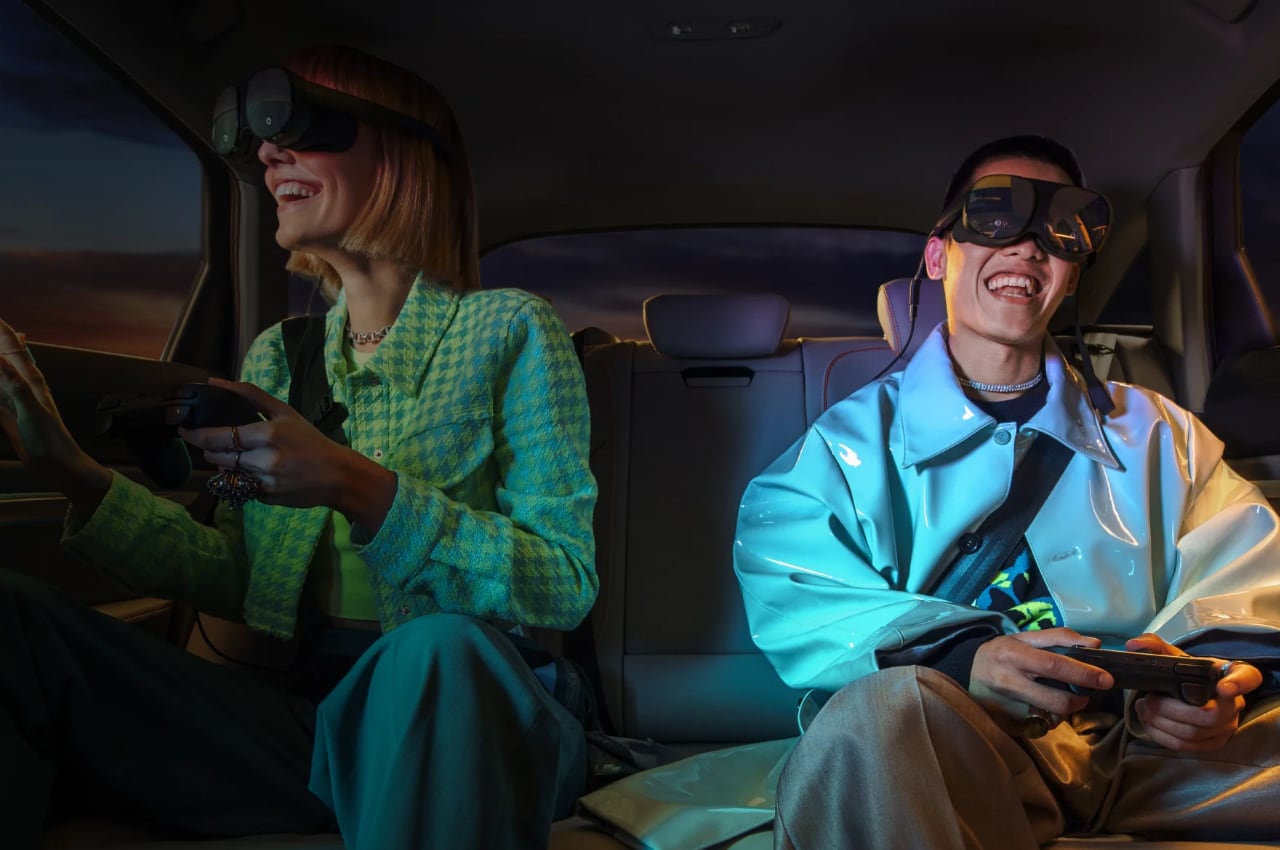
holoride aims to provide engaging in-car entertainment while addressing the common motion sickness problem. It does this through innovative virtual reality synchronized with the vehicle’s motion. By matching the virtual experiences with the car’s real-world movements, holoride creates a cohesive perception of motion. For example, the virtual environment reflects this movement if the vehicle turns. This helps the brain align visual and sensory inputs, reducing the conflict that often causes motion sickness.
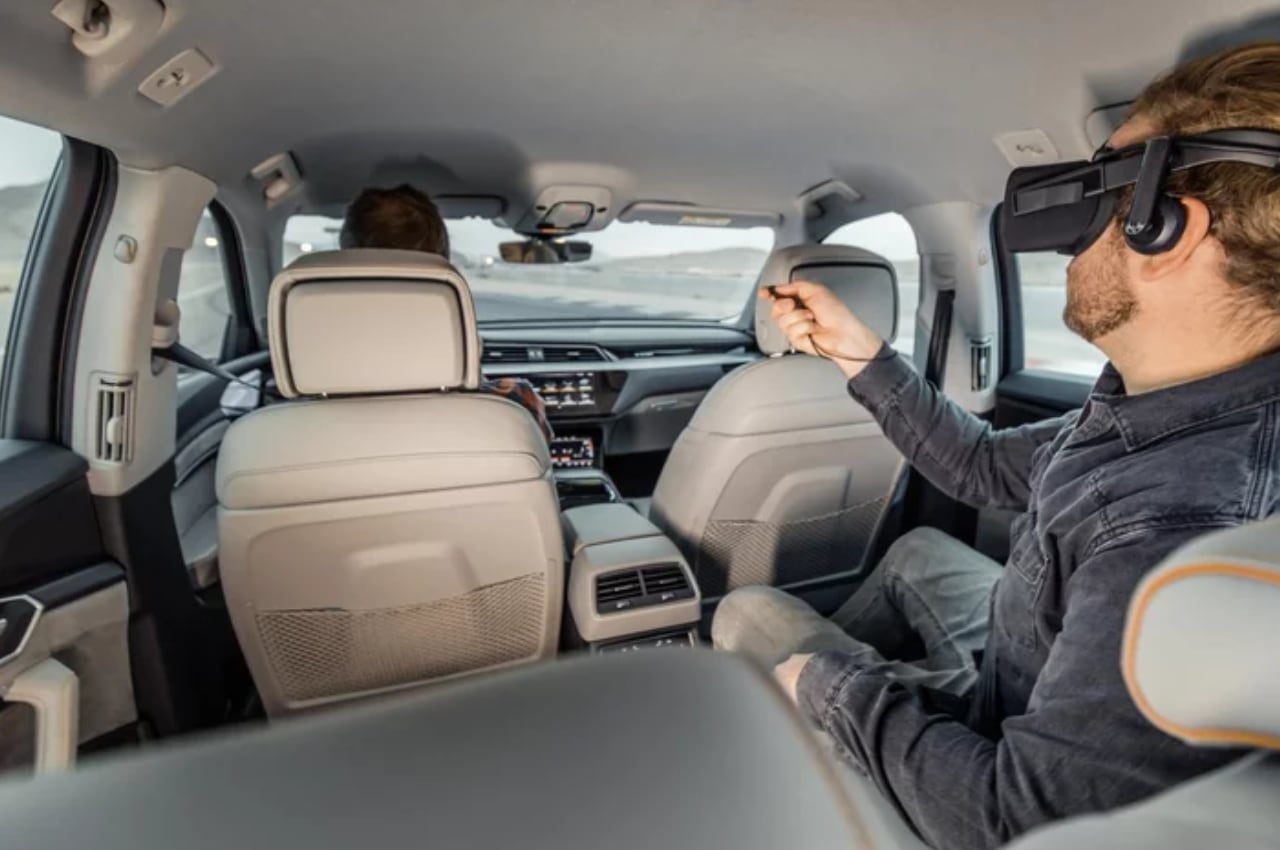
The immersive experience of VR entertainment provided by holoride significantly distracts from the monotony or discomfort of travel. Passengers can immerse themselves in a virtual world that moves in sync with the car, transforming the travel experience into an engaging and enjoyable activity. This is especially beneficial on long journeys, where potential hours of boredom or discomfort can be converted into time spent exploring virtual landscapes, playing games, or engaging in other interactive VR experiences.
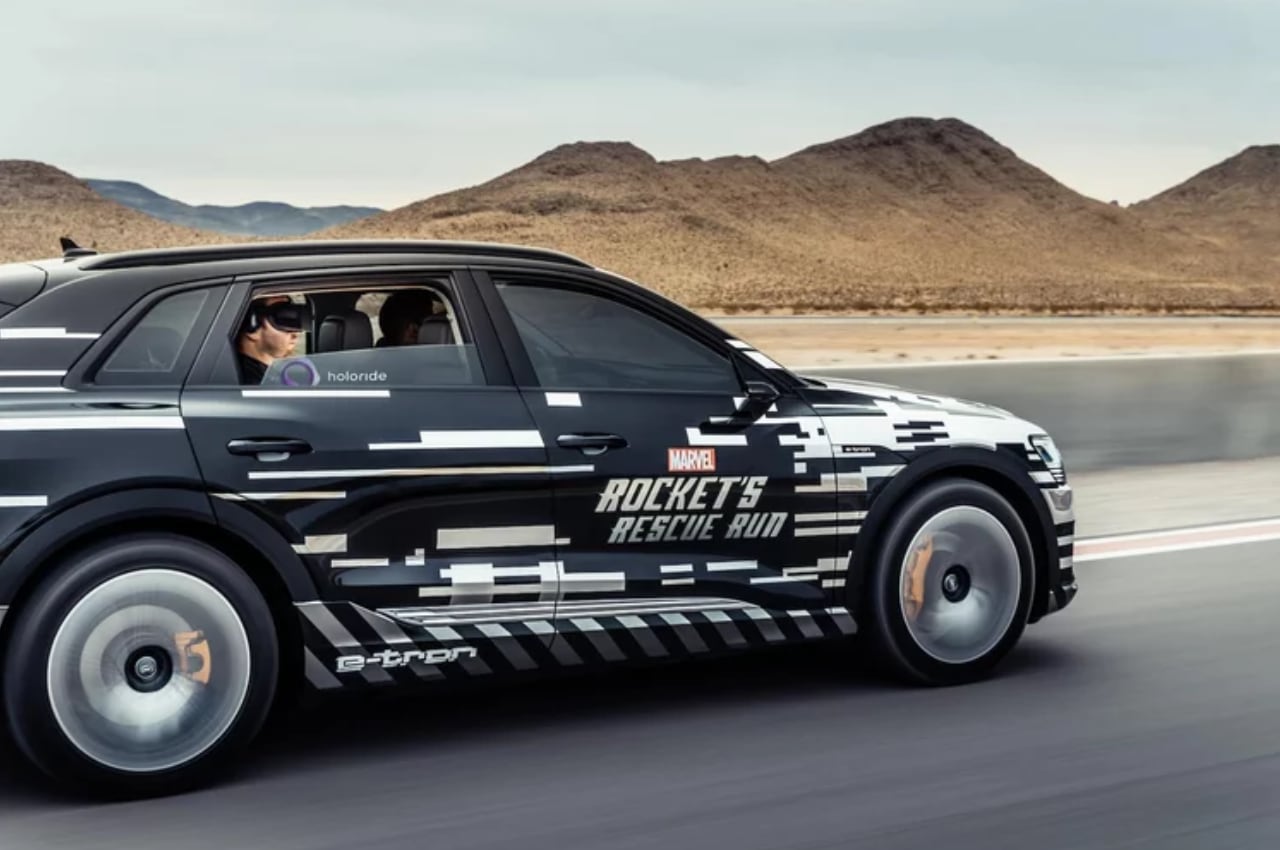
I first experienced Holoride’s technology at CES 2019. Audi drove me around the Las Vegas Speedway while I played a special demo created by Disney Games and Interactive Experiences. The experience gave me the impression that holoride was on the verge of revolutionizing in-car entertainment by integrating virtual reality (VR) with the car’s movements. The test system utilized Oculus Rift VR glasses, providing a uniquely immersive experience. The initial trial featured a game developed by Disney Games and Interactive Experiences, “Marvel’s Avengers: Rocket’s Rescue Run,” which I played in a virtual space as the car moved.
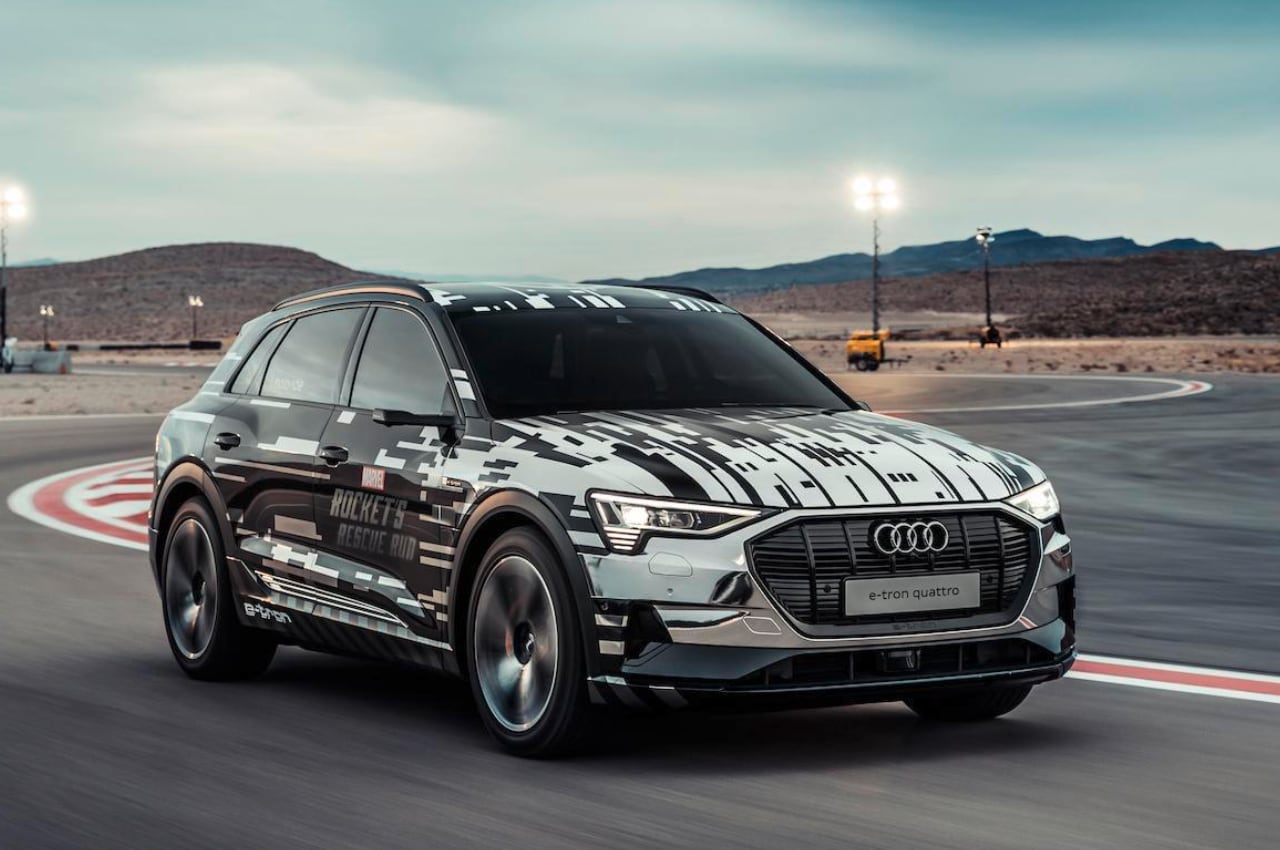
holoride’s technology uses the car’s telemetry data to sync the VR experience with real-time car movements, such as turns, acceleration, and braking, creating a seamless blend of the real and virtual worlds. This synchronization helps to minimize motion sickness, a common issue when using VR in a moving vehicle.
One of the exciting features of holoride is its adaptability. The duration of the VR experience can stretch or shrink to match the length of the car journey, making each ride a unique adventure. Beyond just entertainment, it can also offer educational experiences based on the journey’s location.
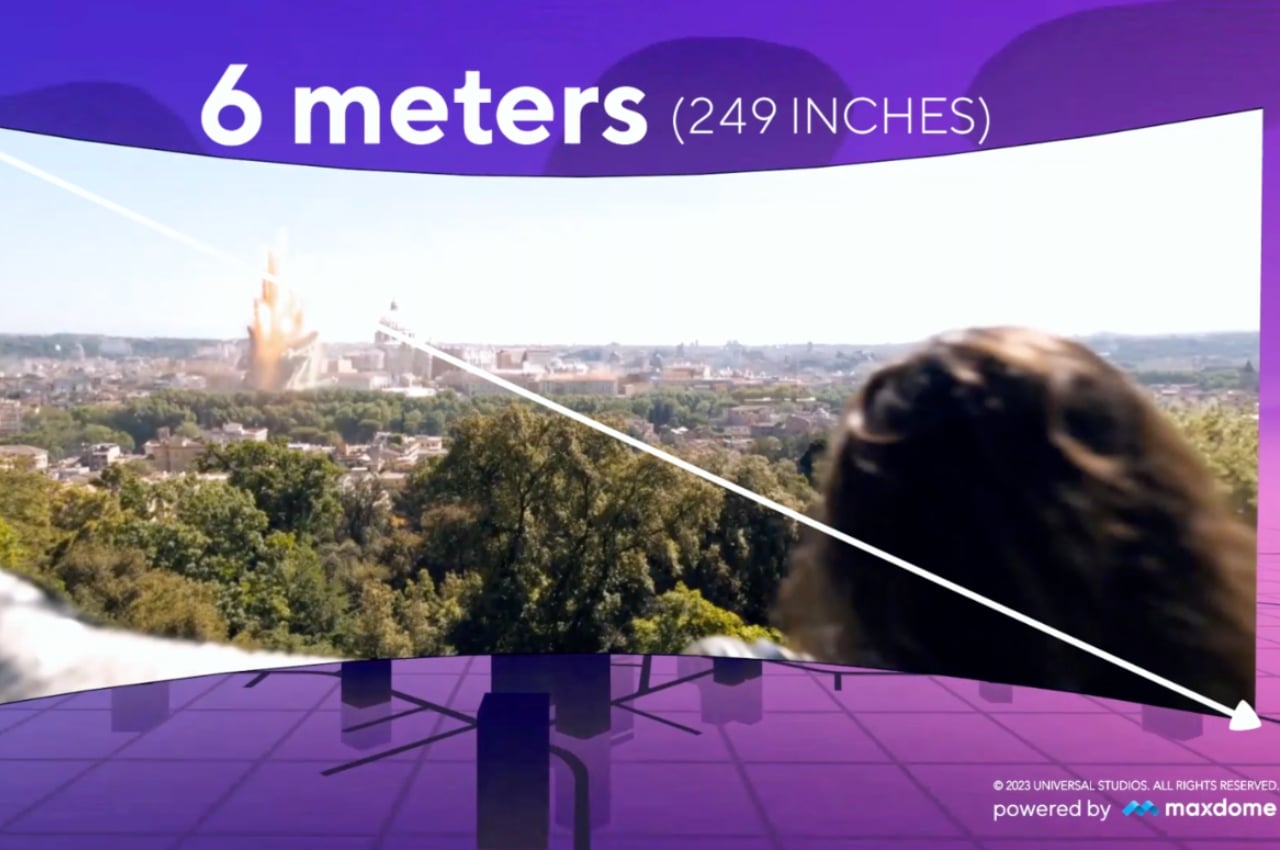
Though holoride was born within Audi, it’s not exclusive to the automaker and isn’t fully owned by Disney. The plan is to invite additional investors and open the platform to other content creators and automakers. It also has potential for use in autonomous vehicles, and the experience could be enriched by integrating data from the vehicle’s sensors.
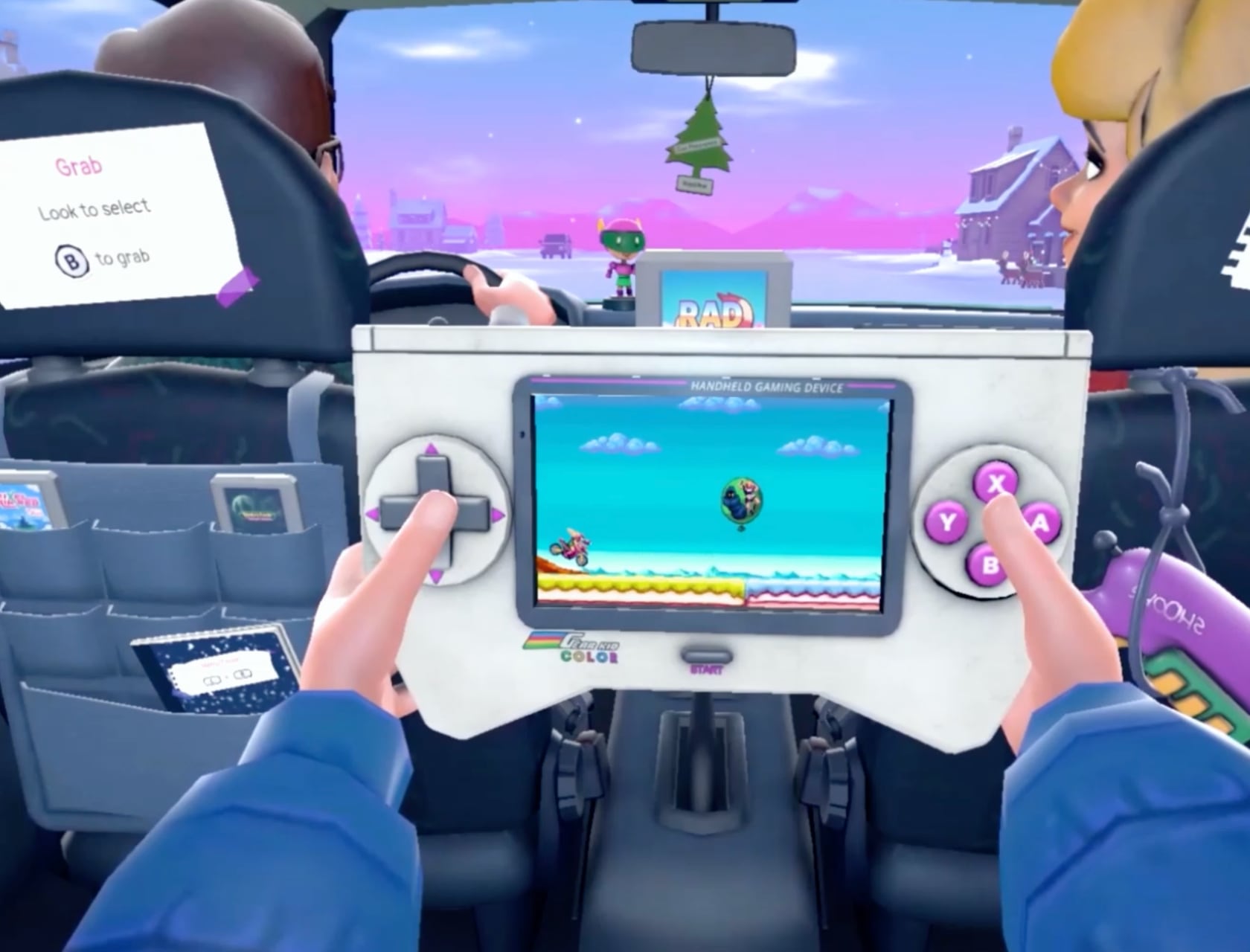
In its early stages, holoride aims to enhance the passenger experience, transforming every car ride into a unique adventure. As the platform evolves and attracts more developers, the possibilities for in-car VR experiences are expected to expand significantly.
So, where’s holoride today? holoride, the Munich-based tech company, announced the release of its holoride retrofit device at CES 2023. This product is a compact device that turns any vehicle into a platform for extended reality entertainment. The company recognized as a 2023 CES Innovation Awards honoree, has made its mark in the industry by integrating virtual reality (VR) and real-time vehicle data.

The holoride retrofit device is about the same size as a typical smart speaker. It connects to a VR headset via Bluetooth and uses movement and location data to create adaptive virtual experiences that respond to a vehicle’s movements in real-time. This data-driven approach creates a dynamic experience that helps mitigate motion sickness.
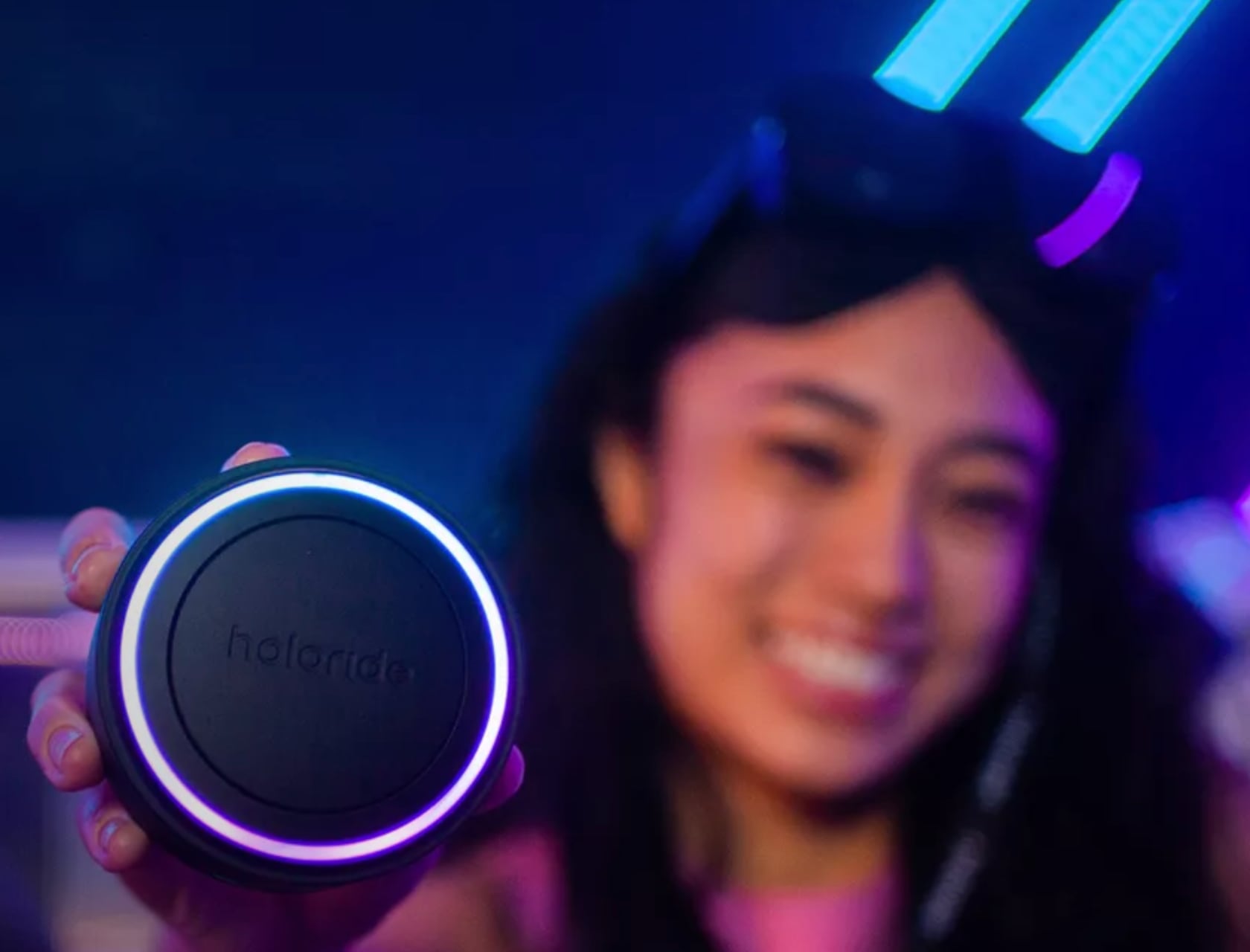
Nils Wollny, CEO and co-founder of holoride said that the retrofit device brings them closer to their goal of making every vehicle a portal into holoride’s immersive world. “Any vehicle can serve as your gateway into holoride’s adaptive virtual experiences where each new ride becomes the blueprint for your next immersive adventure,” Wollny said.
In conjunction with the launch of the retrofit device, holoride also announced an addition to their content library. Subscribers will now have access to a new game, Pixel Ripped 1995: On the Road, from Emmy Award-winning studio ARVORE. The game takes place in a car during a family road trip and is available to all holoride subscribers.
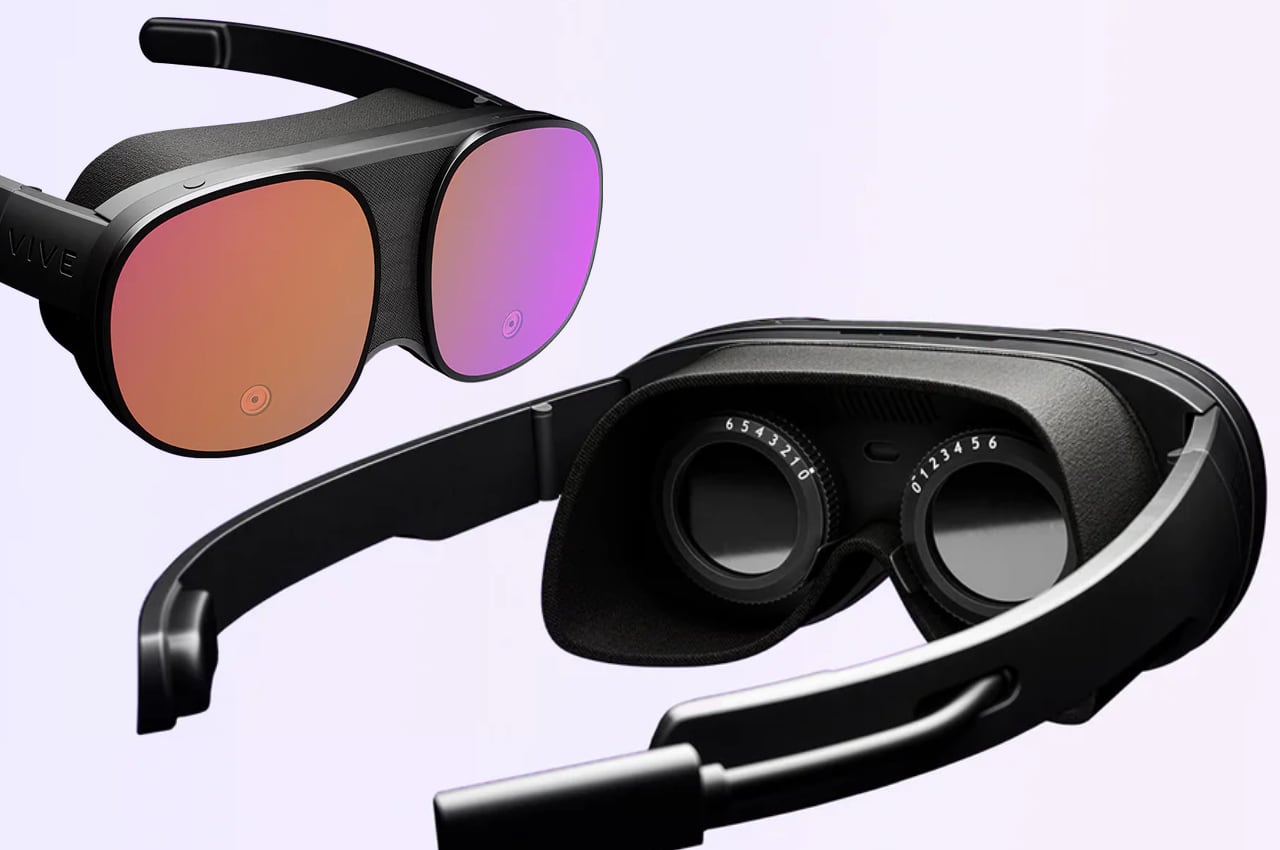
The holoride retrofit device weighs less than half a pound and can be mounted on a vehicle’s windshield. It boasts a 14-hour battery life and can simultaneously connect to two headsets. The device is priced at $199, with a bundle option available for 699€/$, including a HTC VIVE Flow headset, and includes a 3-month holoride subscription and 3-month access to VIVEPORT Infinity Vista.
The post In-Car VR Entertainment Solutions that Promise to Eliminate Motion Sickness first appeared on Yanko Design.
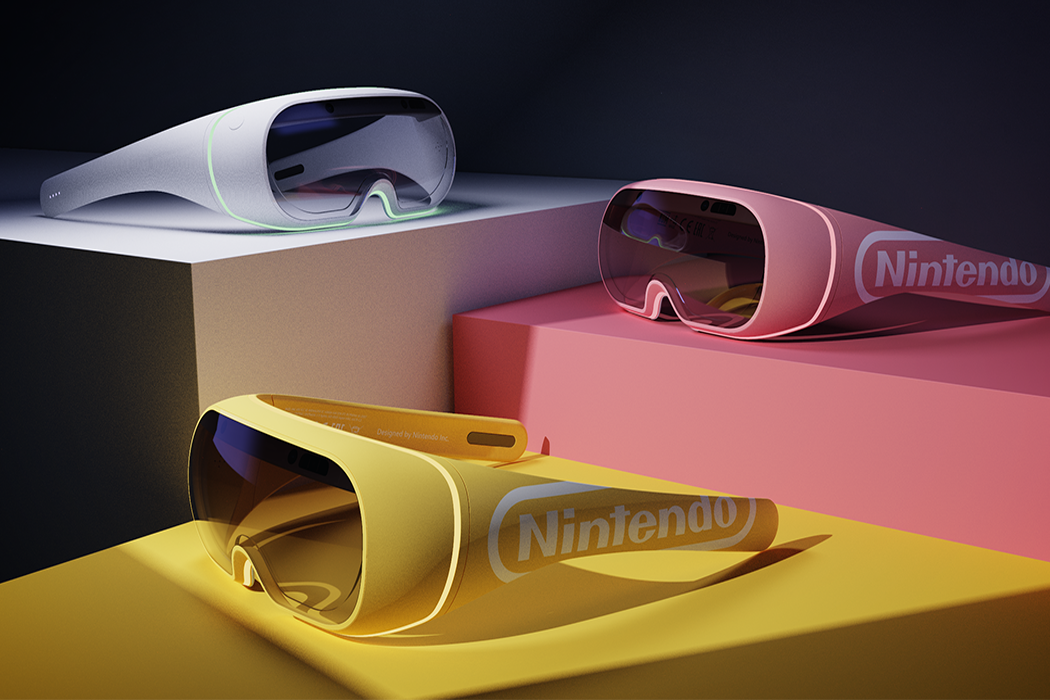
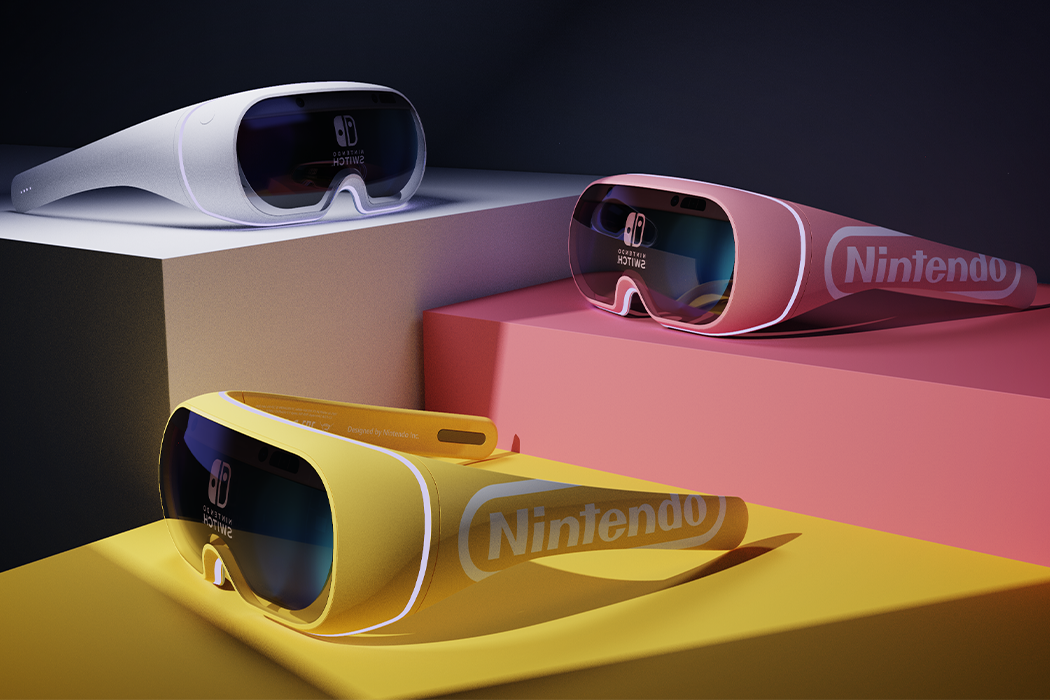
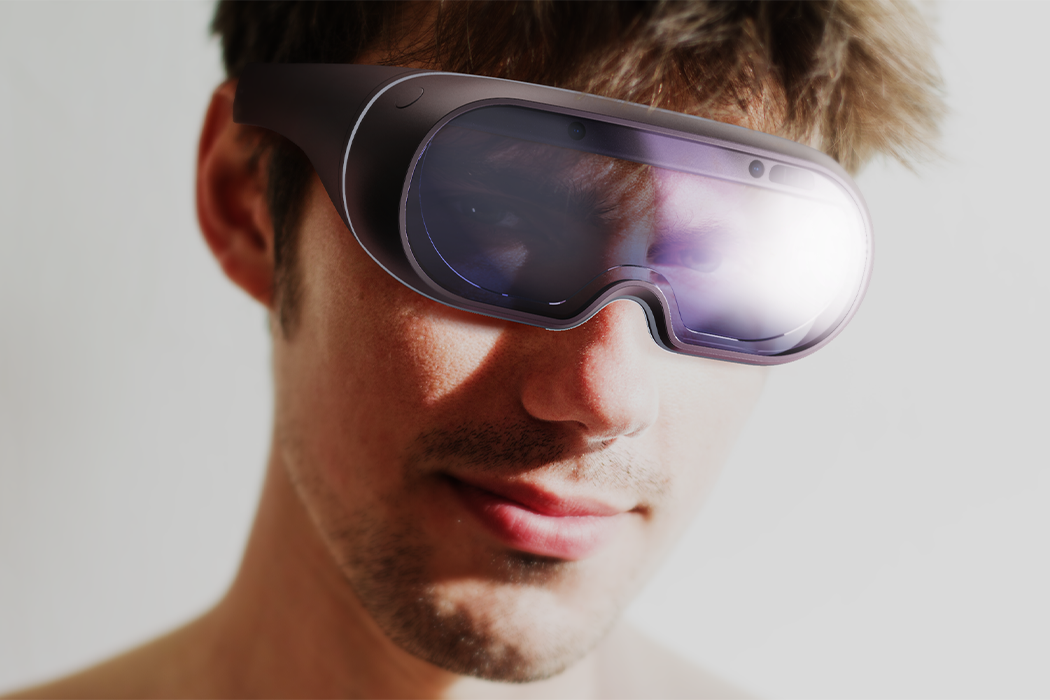
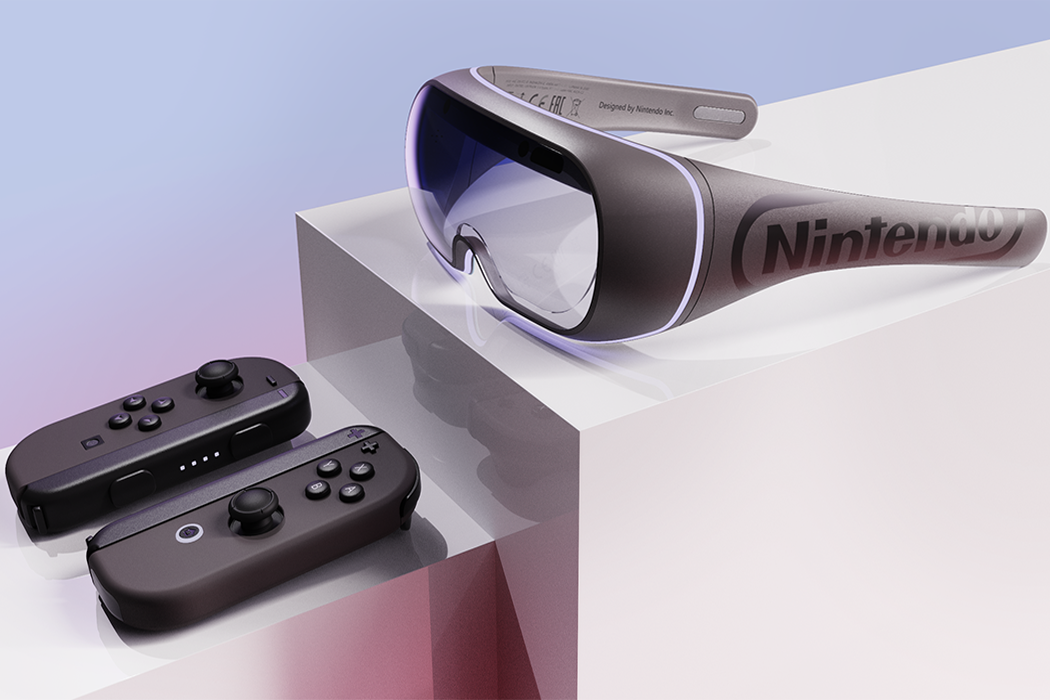
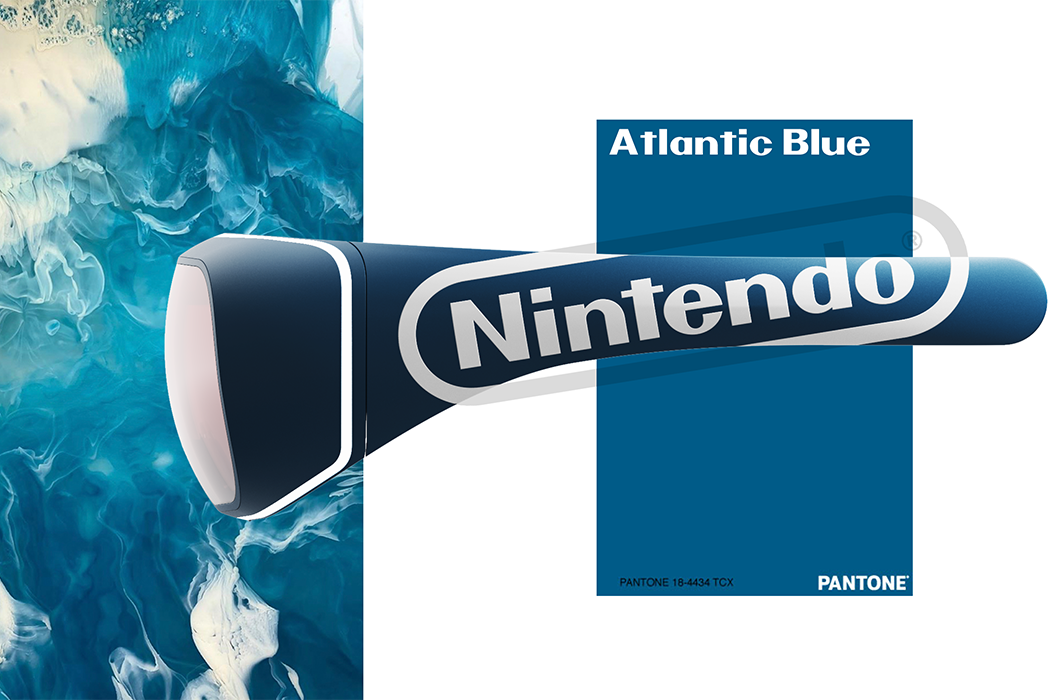
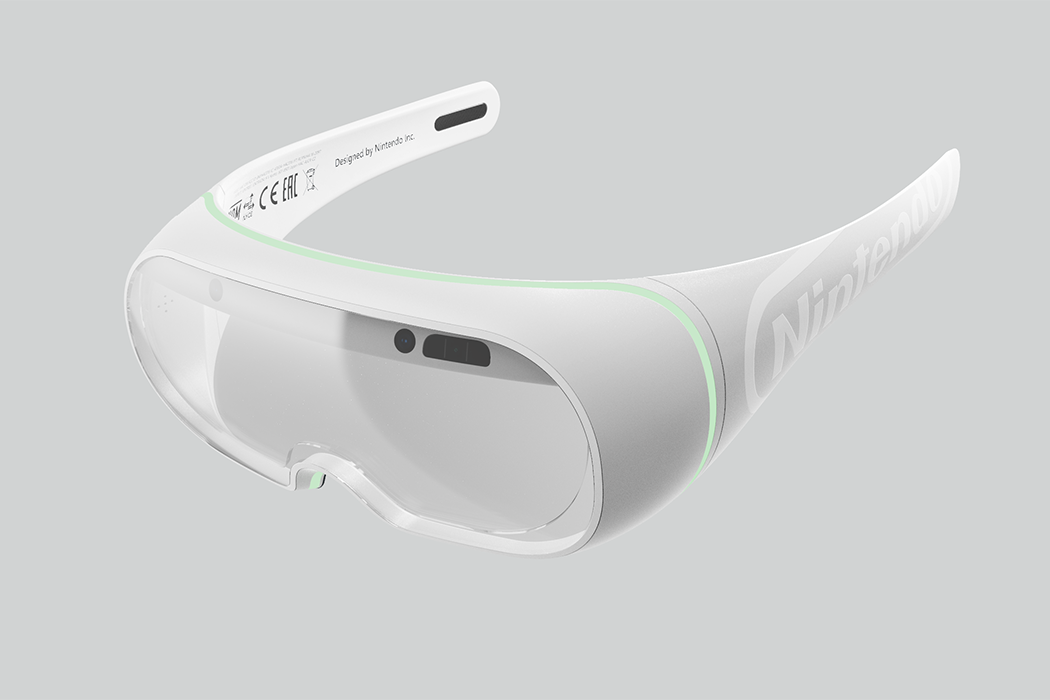
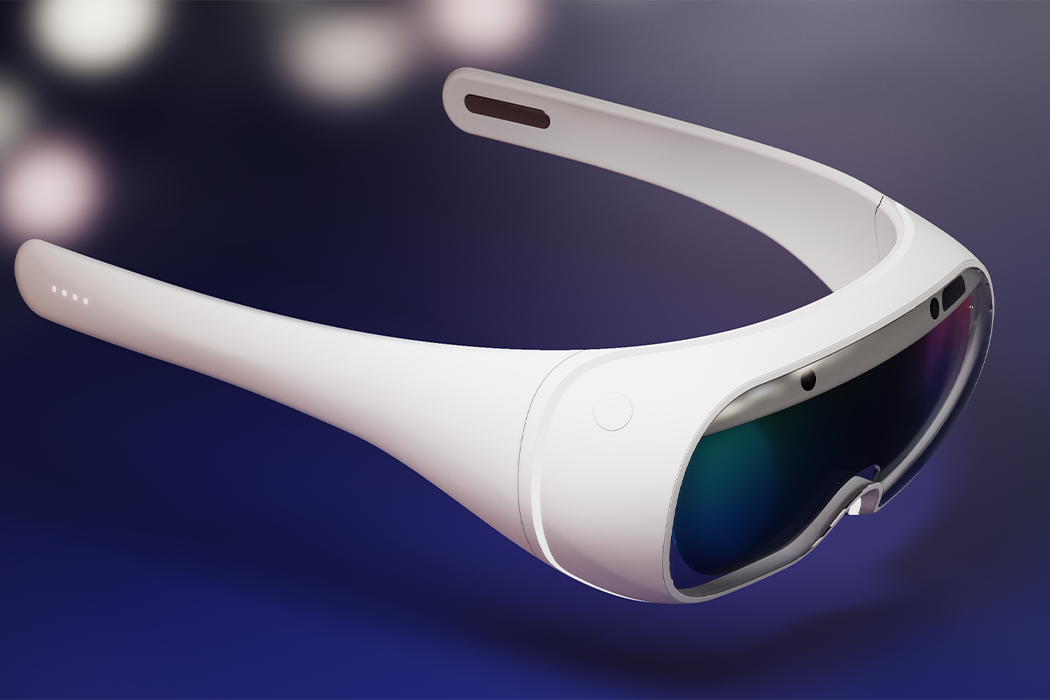
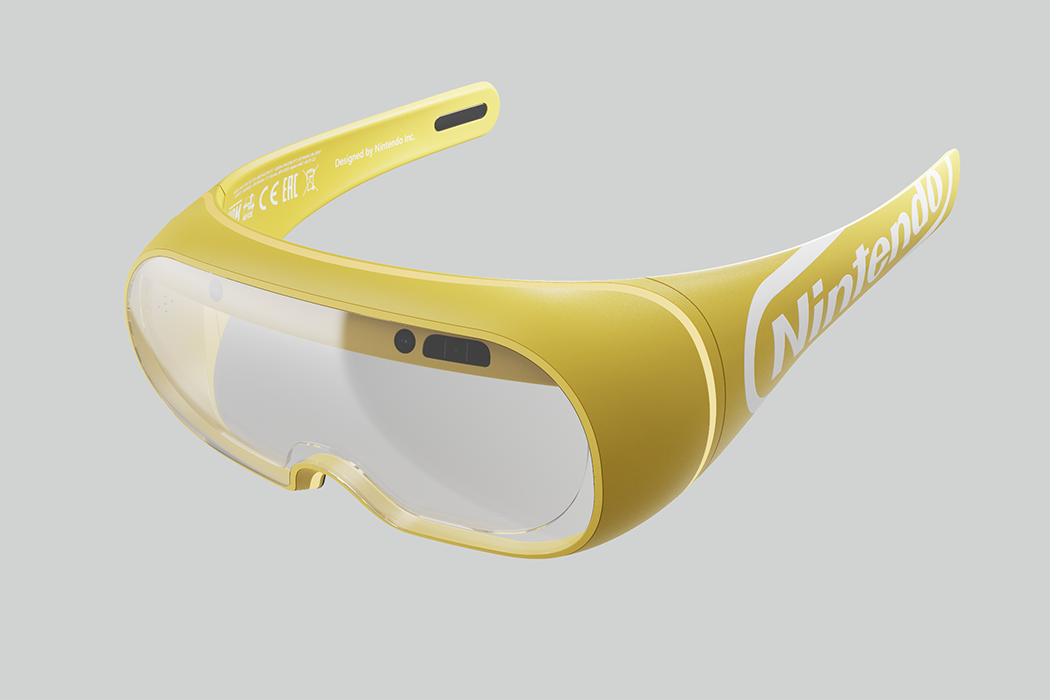
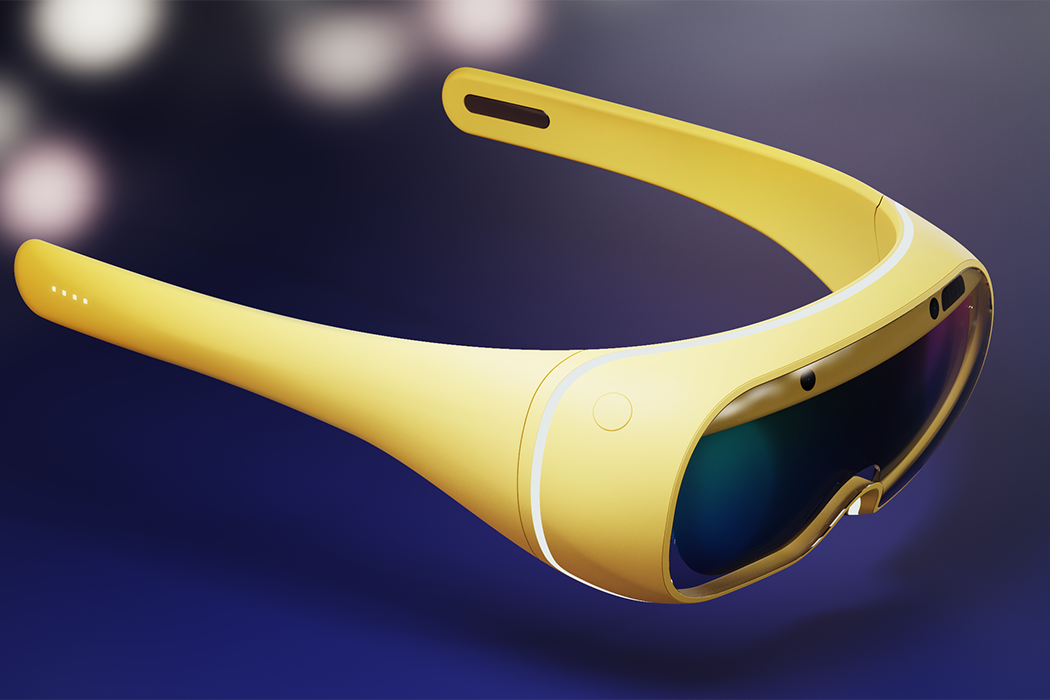
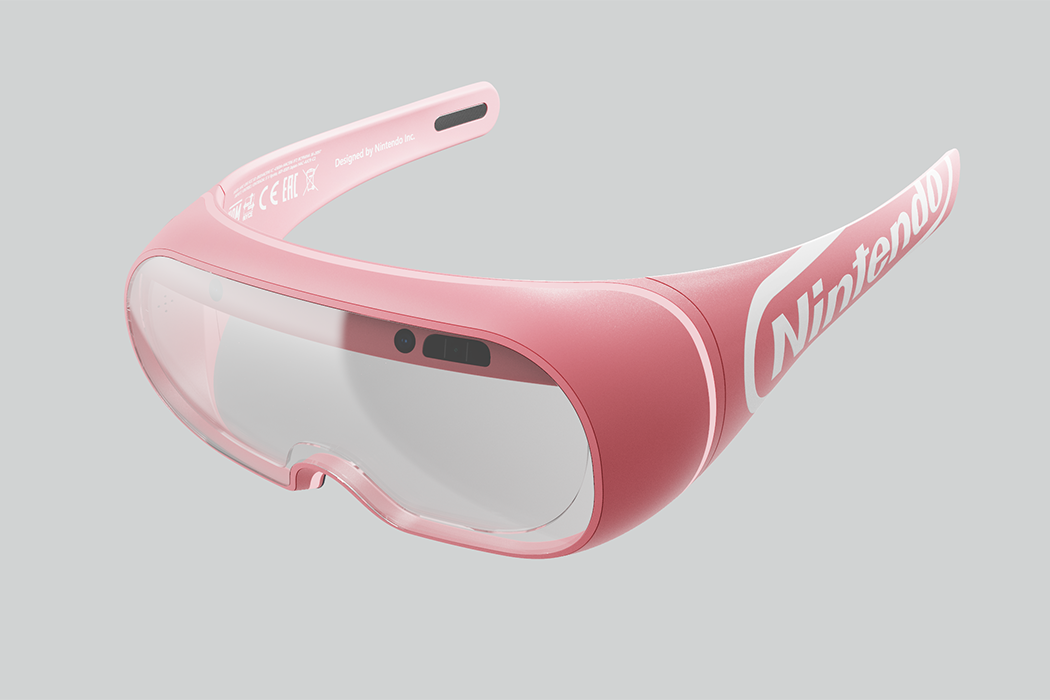
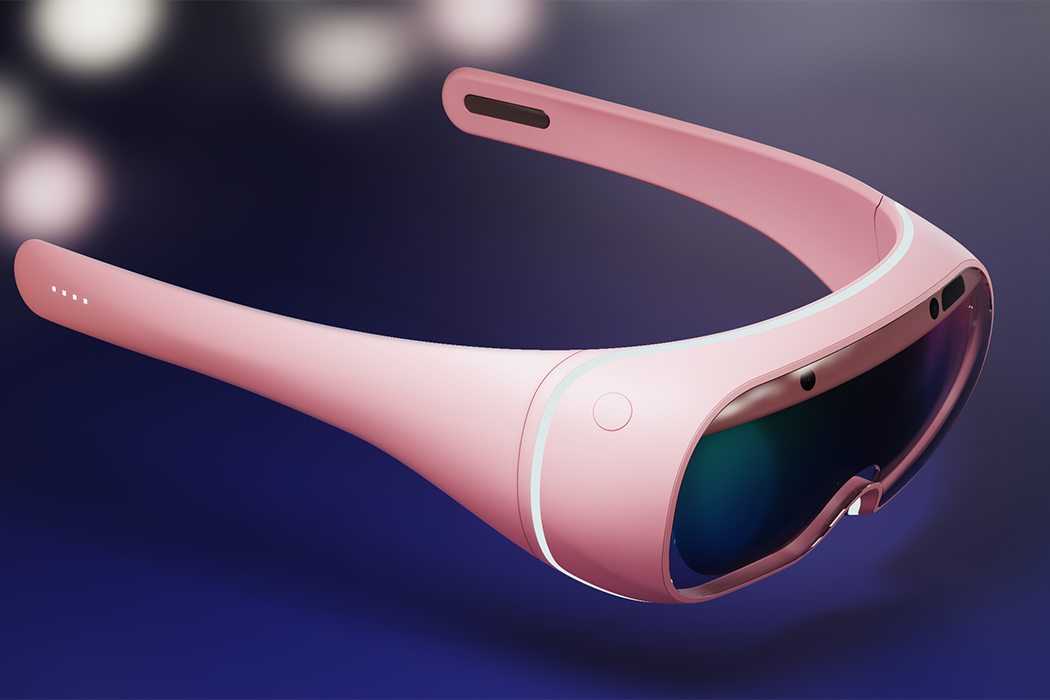
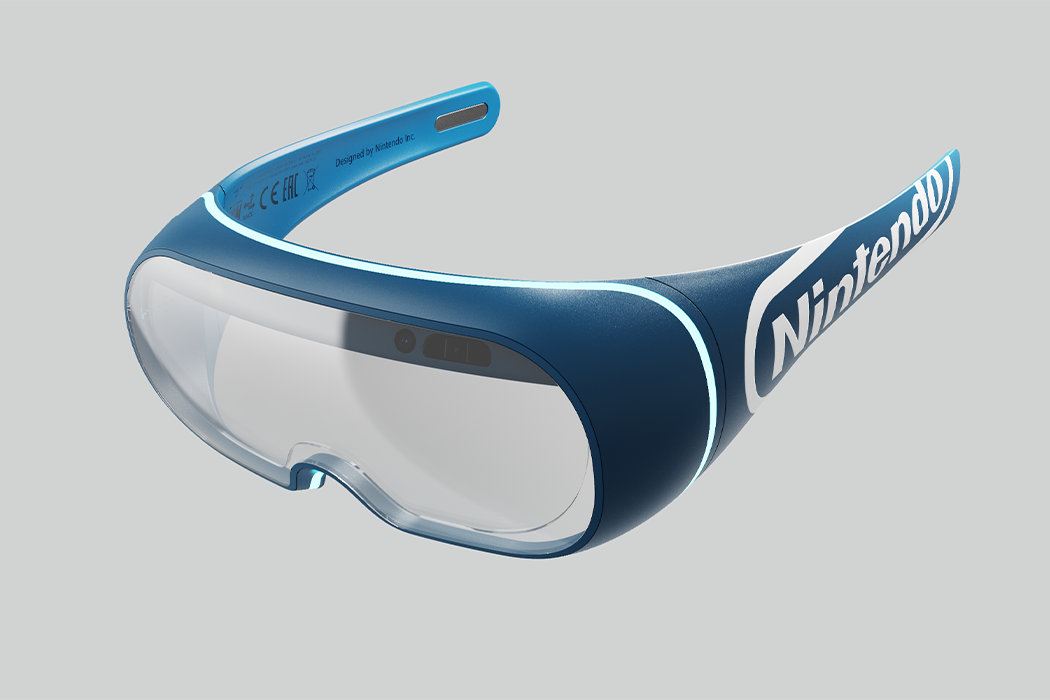
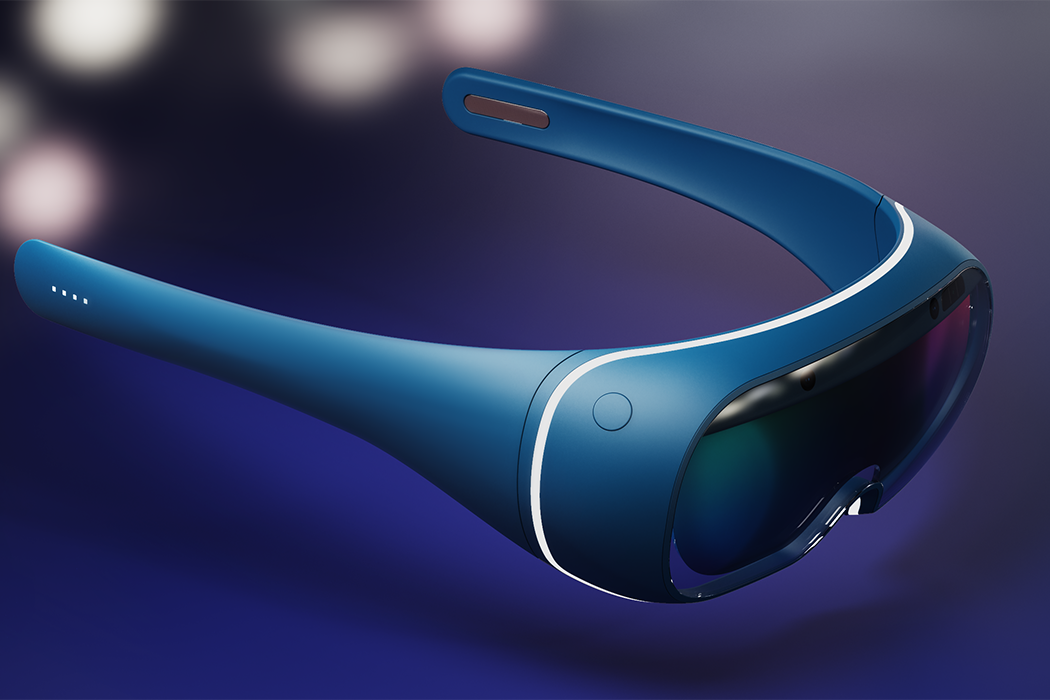
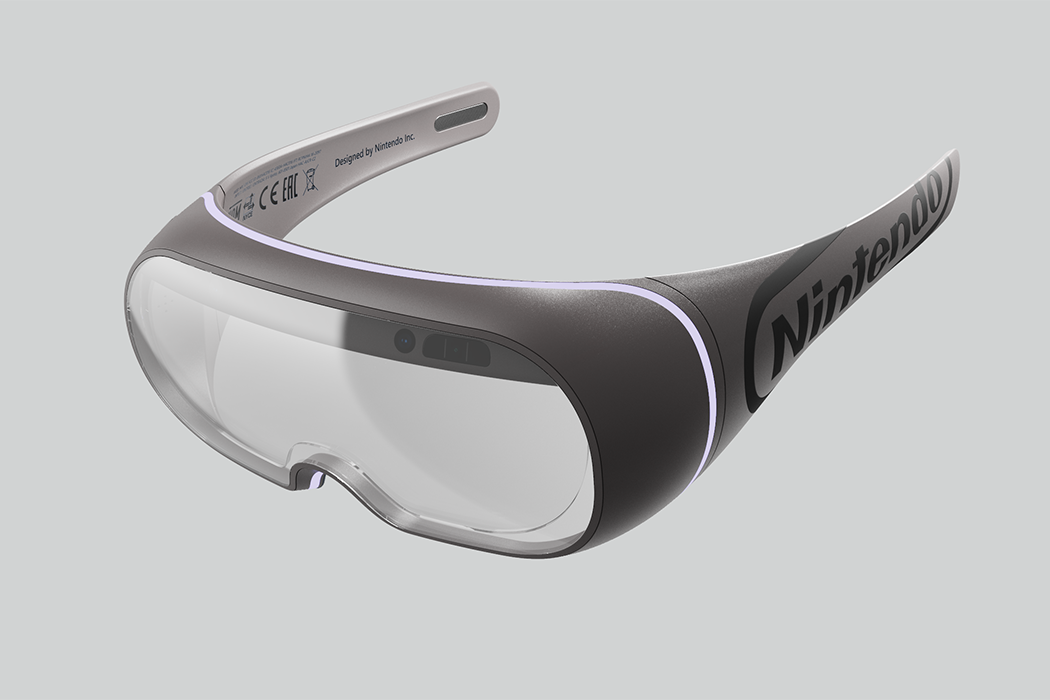
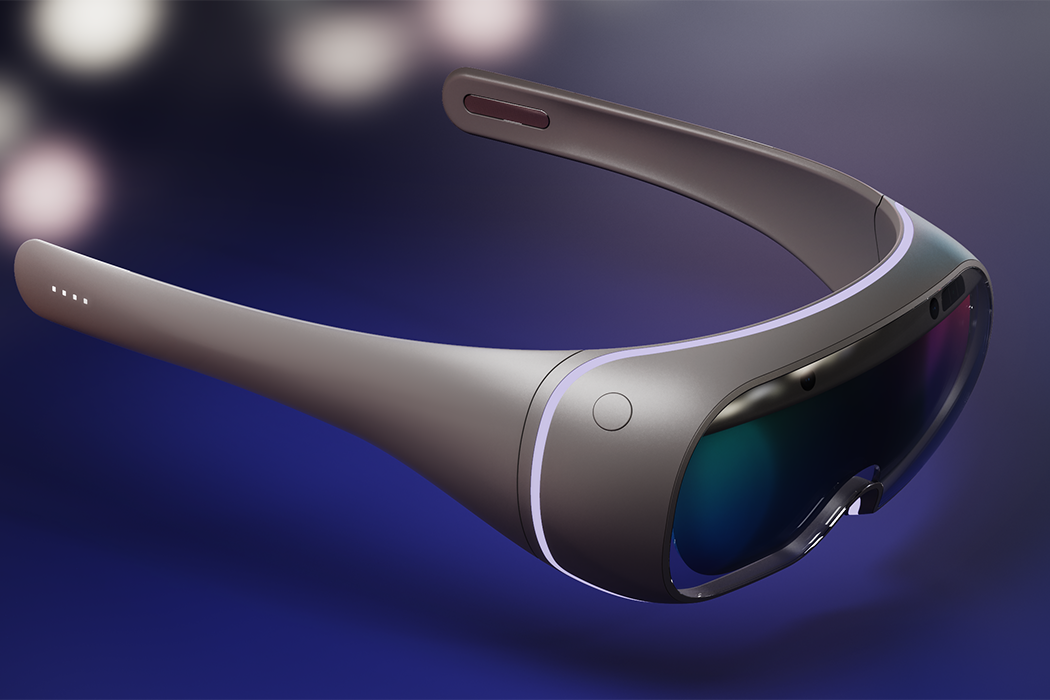
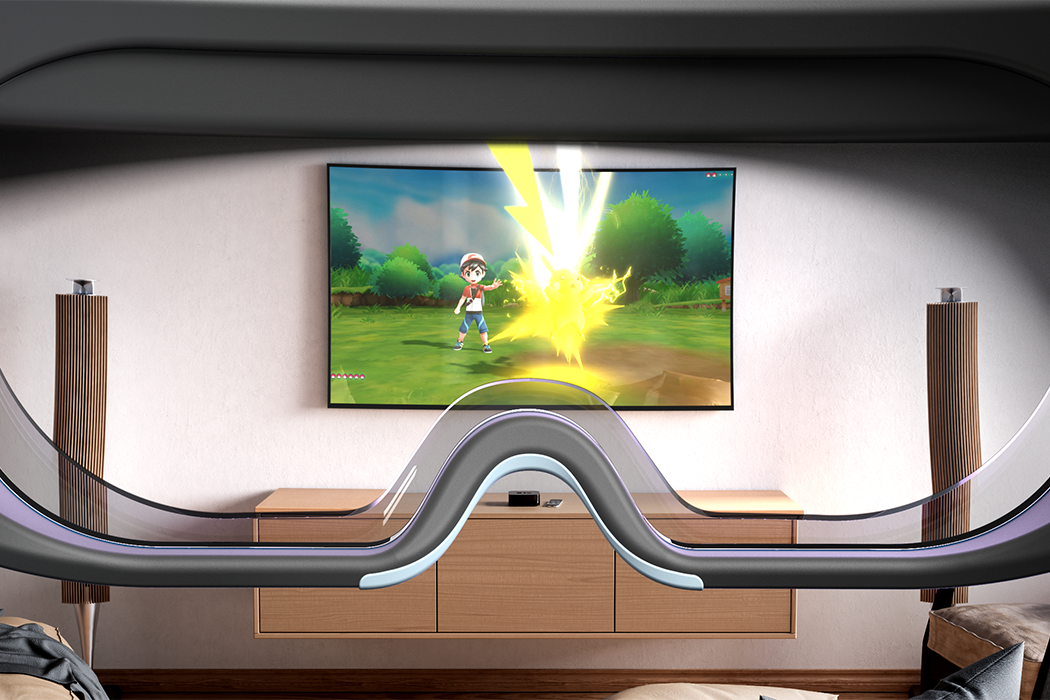
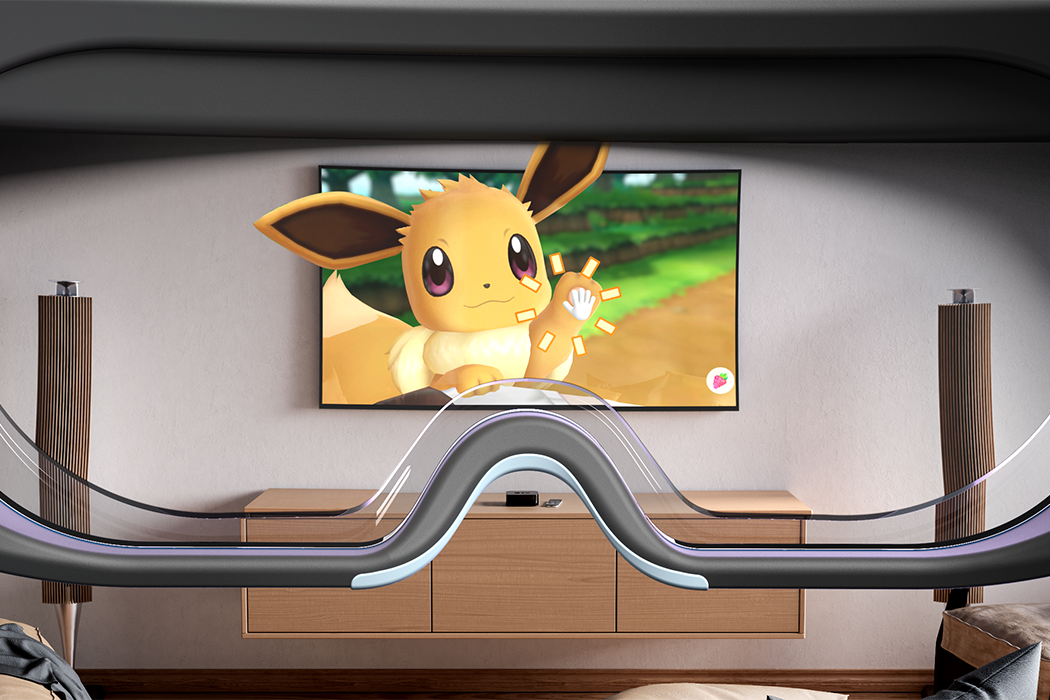
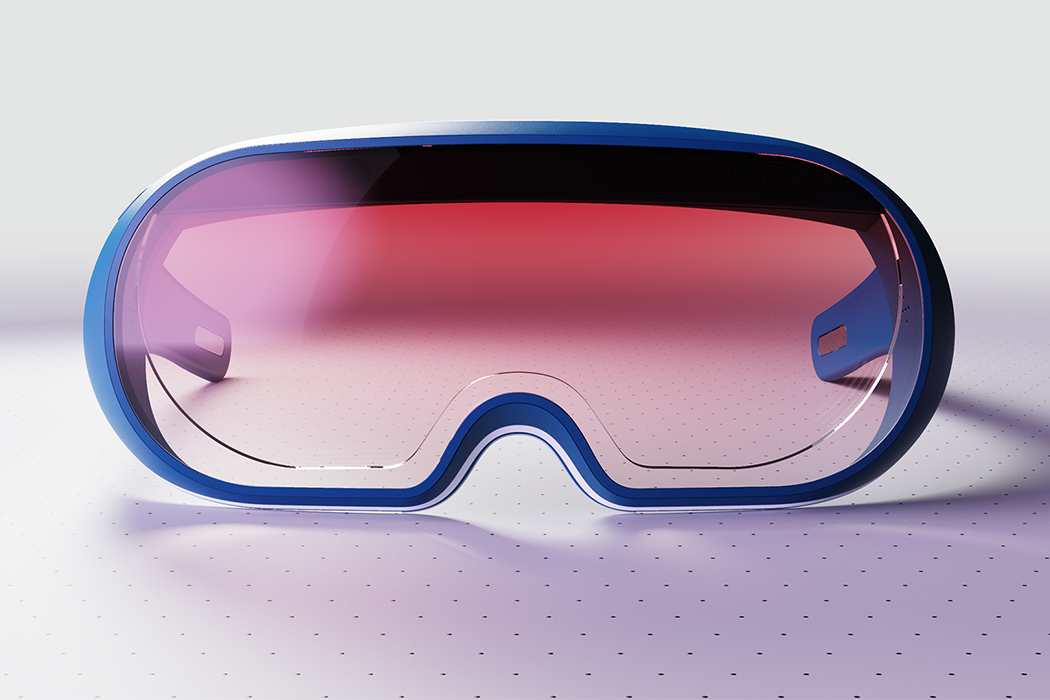
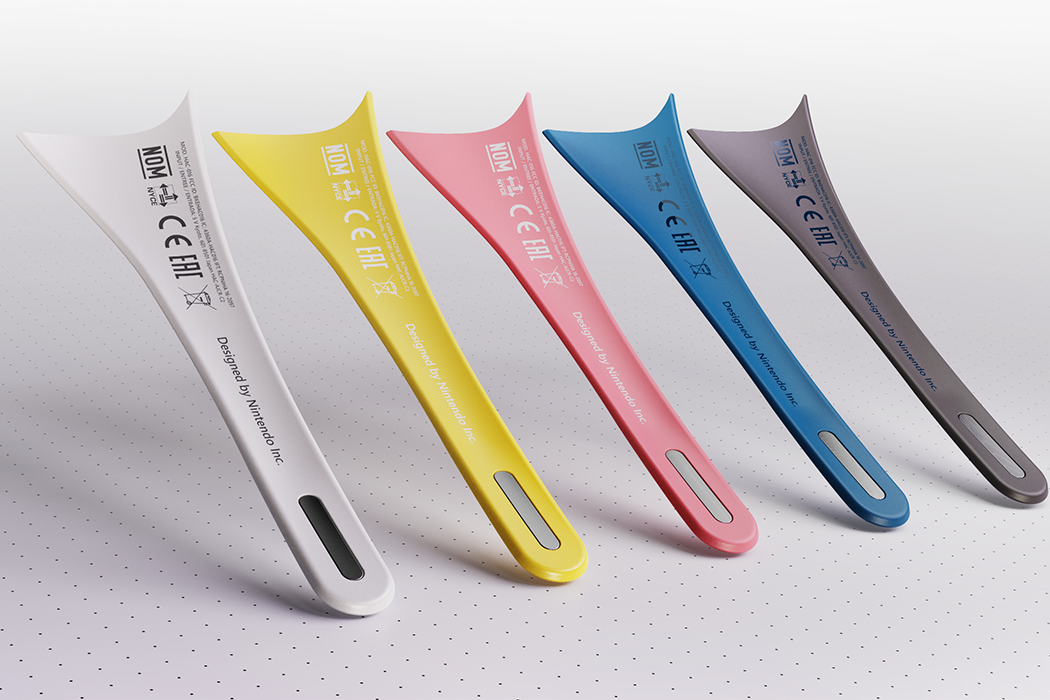
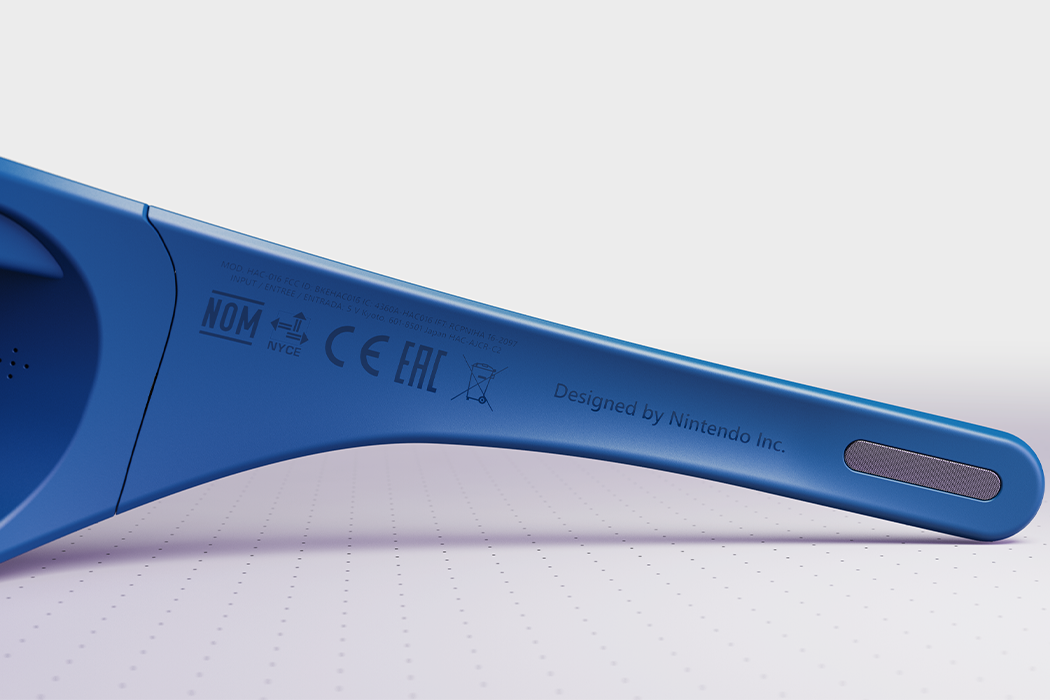
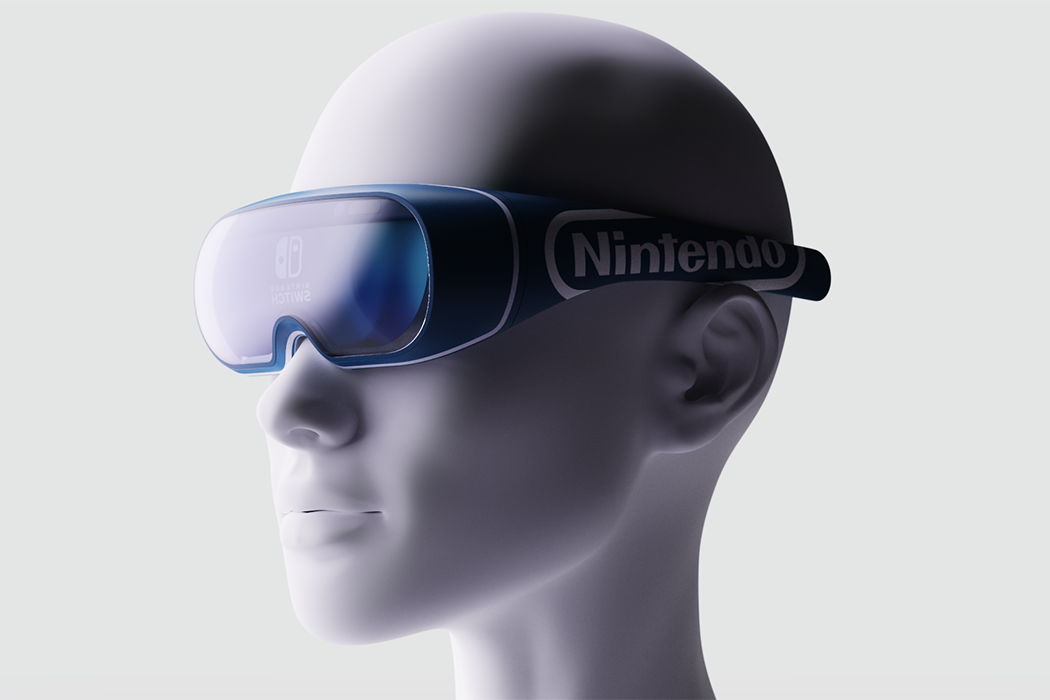
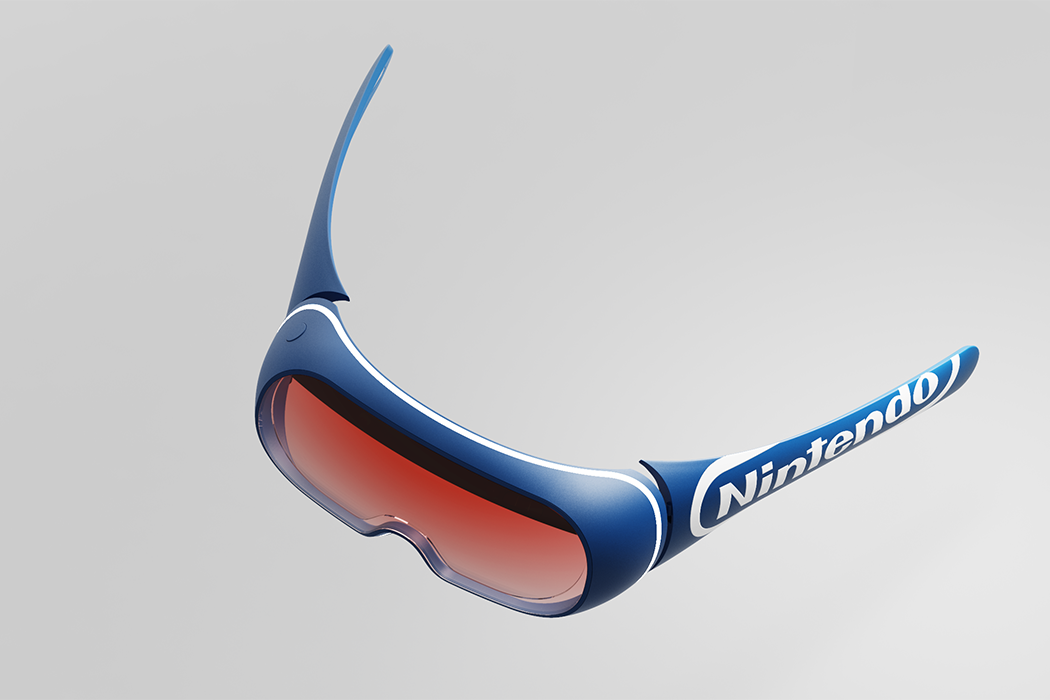
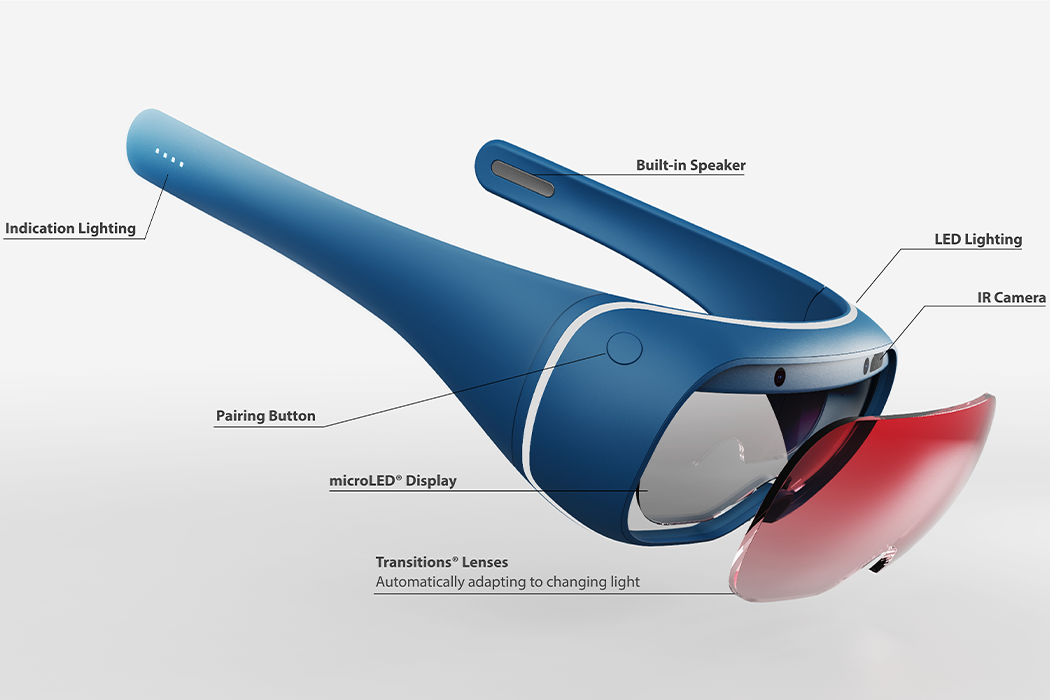
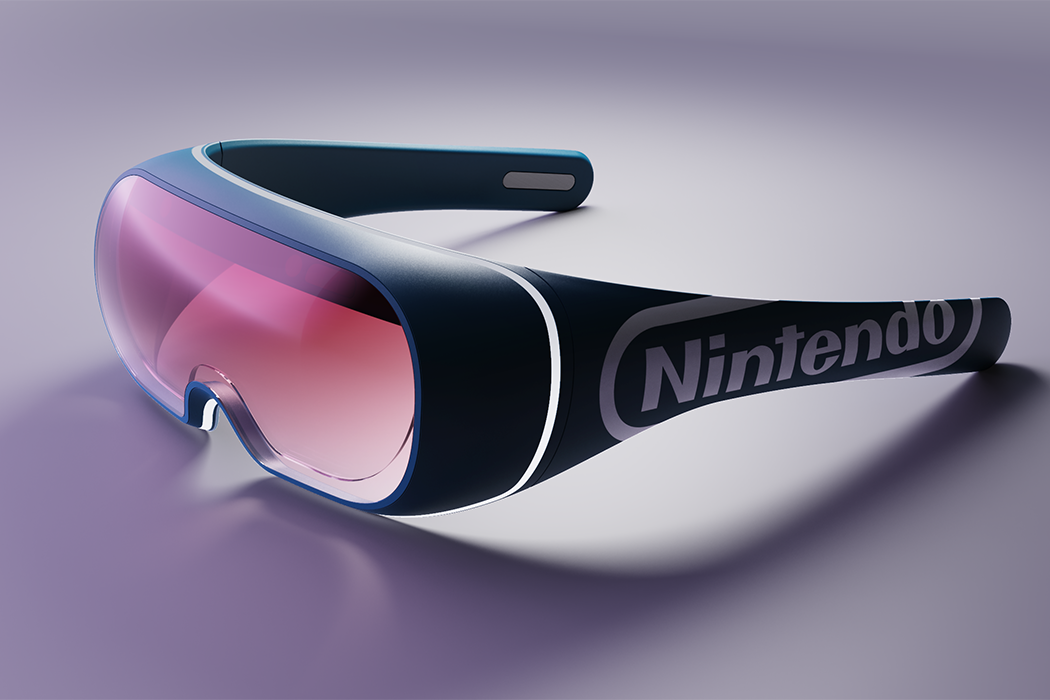





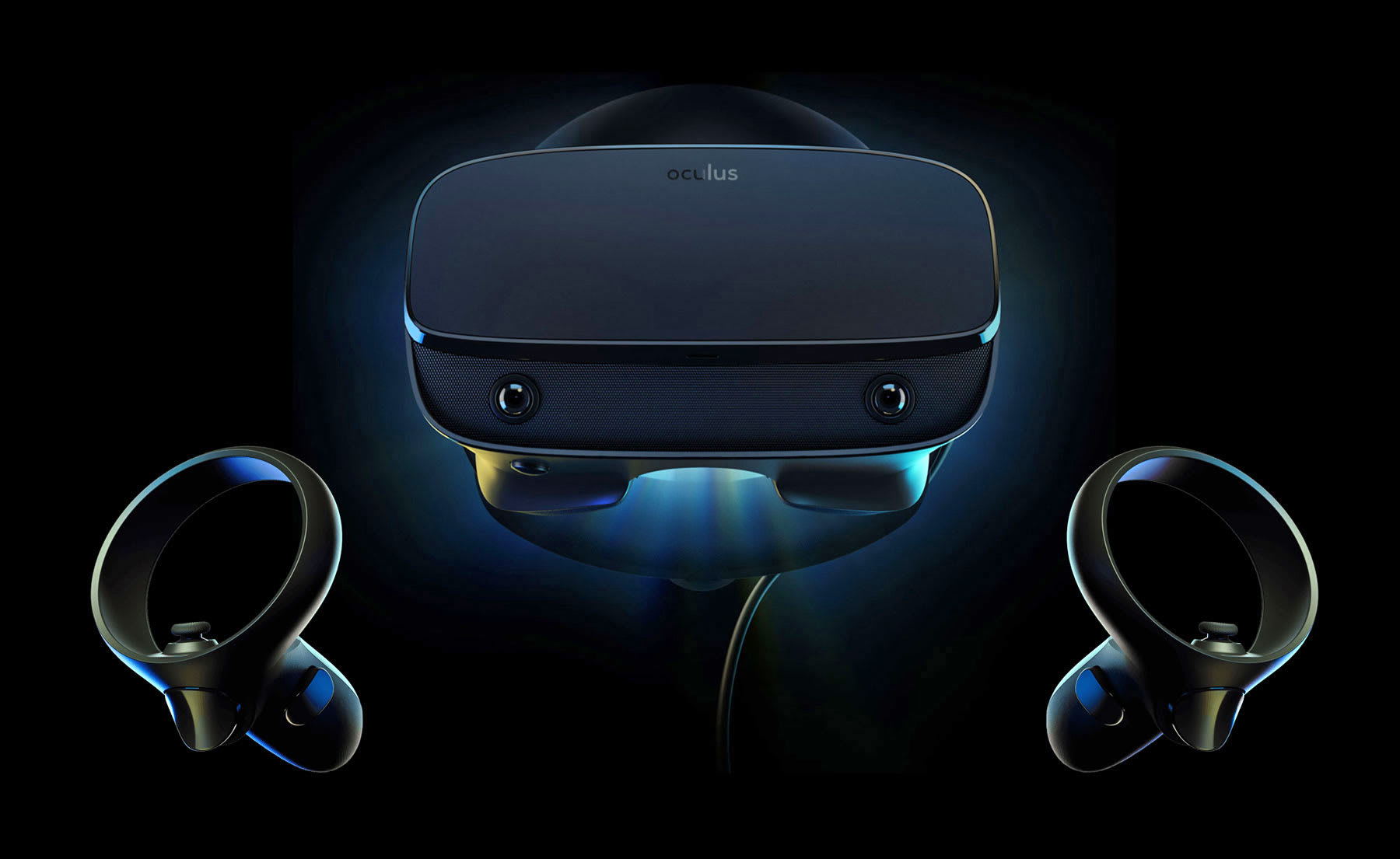 Oculus announced at GDC today that an updated version of its Rift virtual reality headset is on the way this spring. Oculus Rift S will cost $399, an increase of $50 from the Rift, while it's set to offer improved resolution and the same integrated a...
Oculus announced at GDC today that an updated version of its Rift virtual reality headset is on the way this spring. Oculus Rift S will cost $399, an increase of $50 from the Rift, while it's set to offer improved resolution and the same integrated a...
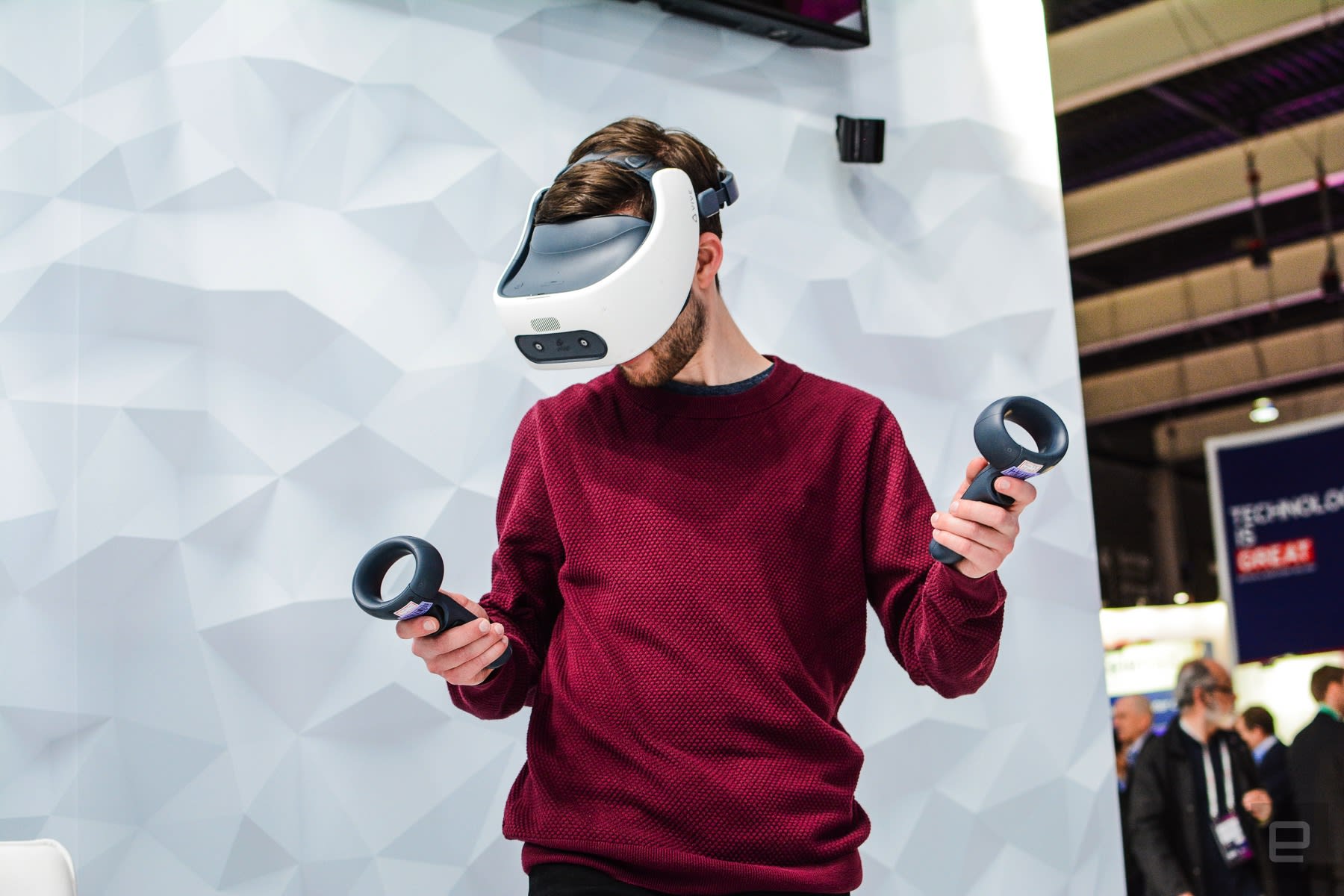 Oculus Quest is coming. The all-in-one VR headset, which is due this spring for $399, represents a major threat to HTC and its expanding Vive business. So how is the company responding? With a new headset bundle, of course. At Mobile World Congress i...
Oculus Quest is coming. The all-in-one VR headset, which is due this spring for $399, represents a major threat to HTC and its expanding Vive business. So how is the company responding? With a new headset bundle, of course. At Mobile World Congress i...
